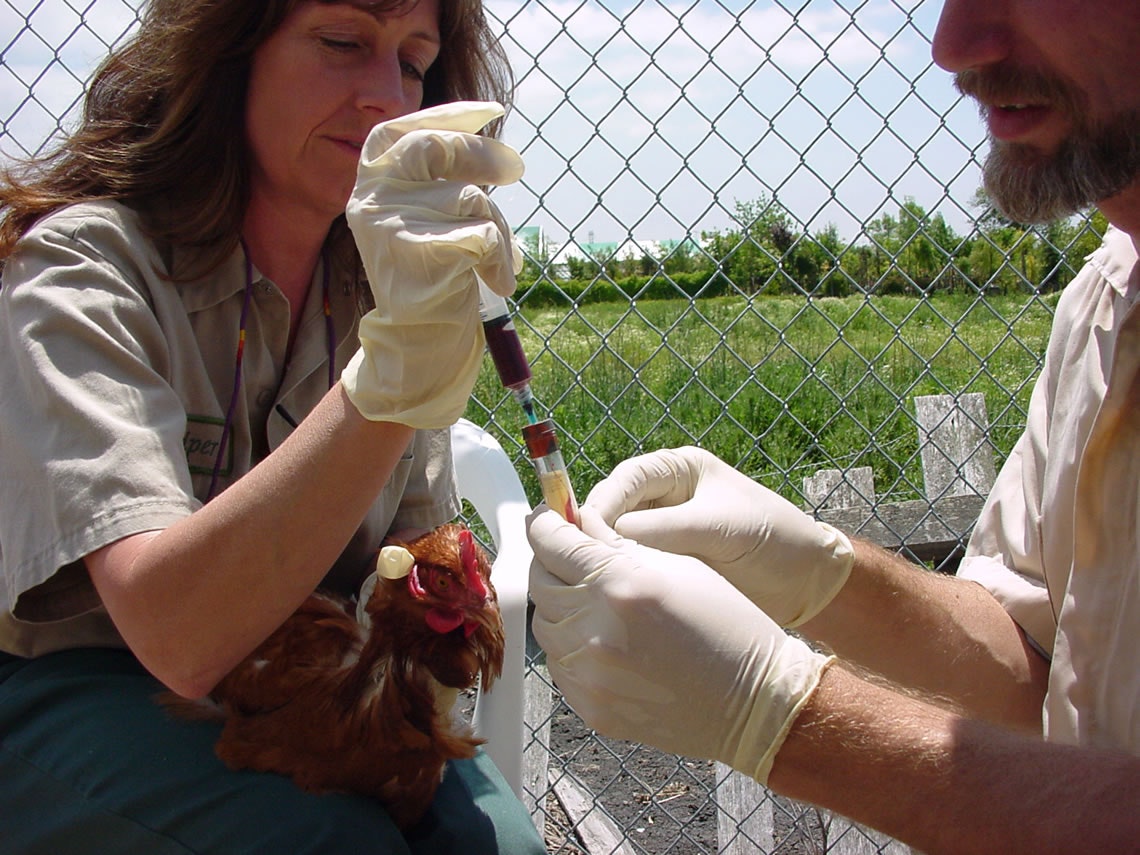Surveillance
The District’s responsibility to protect public health and welfare involves monitoring the abundance of vectors, vector habitat, vector-borne pathogens, and interactions between vectors and people over time and space. Collectively, these monitoring activities are termed surveillance. Vector surveillance provides the District with valuable information on what species are present or likely to occur, when they occur, where they occur, how many there are, and if they are carrying disease or otherwise affecting humans. Surveillance is critical to an integrated mosquito and vector management program because the information it provides is evaluated against treatment criteria to decide when and where to institute vector control measures. Equally important is the use of surveillance in evaluating the efficacy, cost effectiveness, and environmental impacts of specific mosquito and vector control actions.
Vector surveillance include field counting, trapping, and the laboratory analysis of vectors, their hosts and pathogens to evaluate disease risk. Analysis of public service requests, surveys and other methods of data collection are also used.

